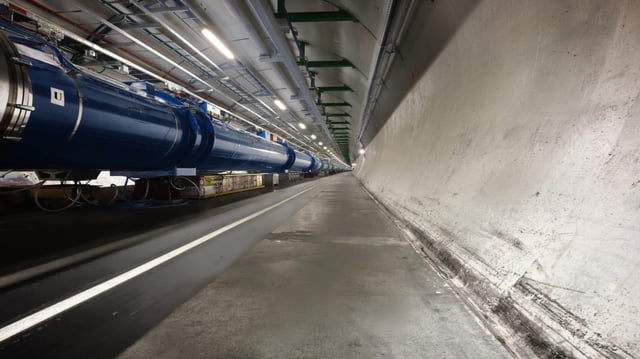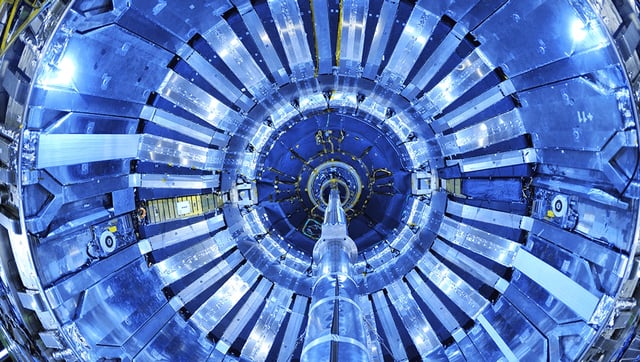Overview
- Proton–oxygen collisions are under way since June 29, with engineers finely adjusting beam frequency and momentum to align impacts at the center of ALICE, ATLAS, CMS and LHCb.
- The LHCf experiment’s detector, positioned 140 meters from the ATLAS collision point, is operational and capturing small-angle particles from ongoing proton–oxygen runs.
- Tests of crystal collimators are being conducted to upgrade the beam management system and reduce ion beam halos before the next oxygen–oxygen phase.
- Oxygen–oxygen and neon–neon collision phases are planned for later this week, with commissioning periods scheduled between each ion run to reconfigure accelerator settings.
- Data from the multi-ion campaign will probe cosmic rays, the strong nuclear force and the emergence of quark–gluon plasma across different system sizes.

